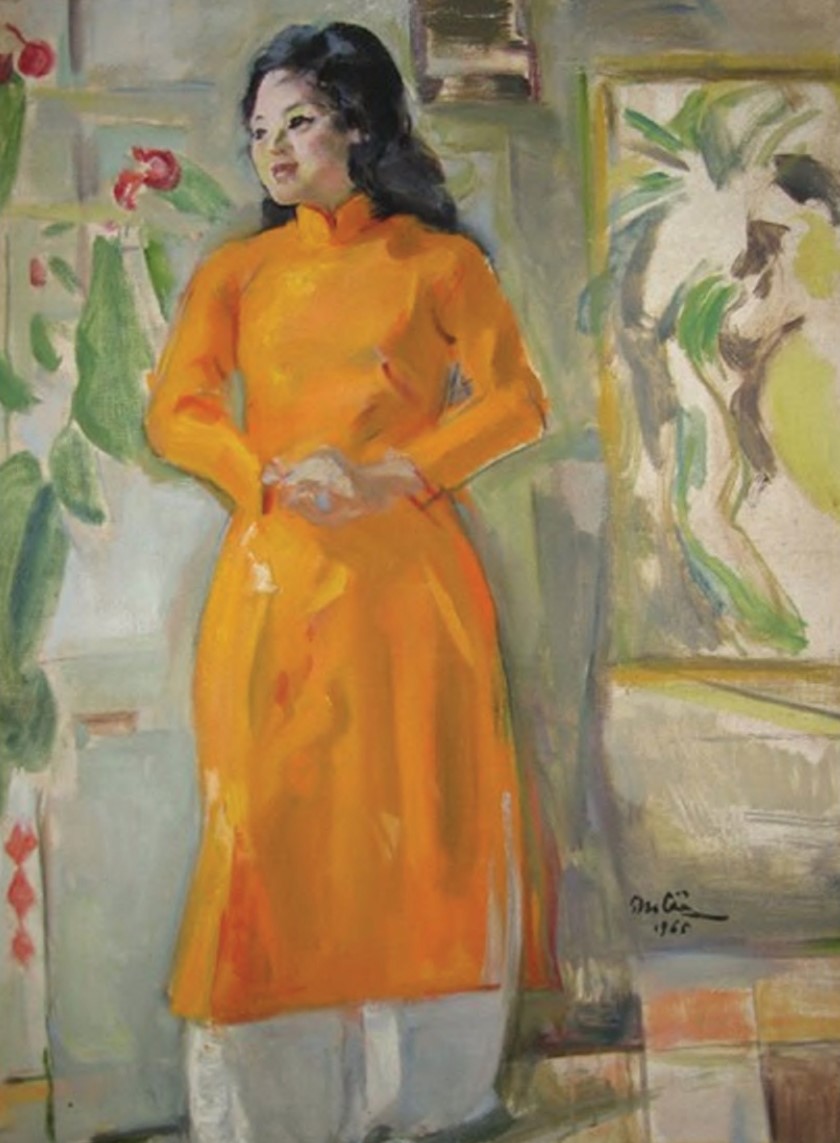Witness Collection: The Struggles that Span the Creation of Astonishing Art
By Rachel Yeoh
March 2024 FOR ART'S SAKE
THE BLAME GAME often takes off when multiple stakeholders are involved. Let’s look at Penang’s art industry. One time, I wrote about the media’s role in promoting the arts; I also talked about how the education system should instill love of the arts in children. Other times, I wished the government would be more proactive in funding the arts while believing that practitioners should try other means to make their craft more sustainable.
Adrian Jones, through his Witness Collection, provides a deeper perspective on what it truly takes for art to be outstanding and celebrated, and why my “who should do what” stance is flawed. He believes that the ability to articulate struggle is a vital ingredient toward artistic brilliance.
When Penang Monthly visited Adrian Jones’ home for a private tour in November 2023, the walls and living area were adorned with figurines from his Mother-In-Law collection that debuted during Open Studios Penang a month before. However, his Witness Collection, which includes paintings by more than 120 of Vietnam’s most important and influential artists, stole the spotlight.

Witnesses of History’s Unfolding
The Witness Collection spans four generations; from the 1920s to 1945, France dominated the global art scene. Famed French artist Victor Tardieu arrived in Indochina in 1920 after winning the Indochine Prize (Prix de I’Indochine). He went on to establish the Indochina Fine Arts College, which saw an influx of French art teachers. The Vietnam War from 1945 to 1975 spells the second generation when the Vietnamese ran the fine arts college after the French left. “You can see that the artworks still do have very much of that French-European style,” Jones points out.

The third generation spans 1975 to 1986, what Jones calls Vietnam’s post-war socialist realism. “Part of communism is that they really believe that artists had a role to play, but in the service of the revolution. It wasn’t something that looked beautiful—and I would say it comes more from a Soviet than Chinese influence at that time, and they had to create works in the style of socialist realism, which meant you praise the worker and farmer. Everyday people were the heroes,” he explains.

The fourth generation began in 1986, after Đổi Mới, a reform policy translated as “restoration” or “renovation” was launched. Most of the paintings now reflect the social landscape of Vietnam, and according to Jones, it was only recently that the Vietnamese artists became “kind of comfortable to visit their history and acknowledge that it all contributed to what makes Vietnam a unique country today.”

Art-iculating Conditions
The influence of the early 20th-century French art scene in Vietnam, and the circumstances that came after—war, communism and reform, and how Vietnamese, from the depths of desperation, took that knowledge and innovated their storytelling through art, making it the only Southeast Asian country where such transformation occurred.
“Yes, the Dutch did set up art education in Indonesia, there were Italians who went to Bangkok, I know a bunch of Malaysians who studied art in the UK—but they were not the hotbed of art,” Jones says, clarifying that it may be the “lack of struggle” that frustrates the creation of truly remarkable art, adding that life has been relatively easy in Malaysia for decades, contending that great art often emerges from adversity.

In many ways, there cannot be a comparison between how the arts are performing in other countries versus Malaysia…or Penang, for that matter, because of how different the historical narrative is. “But struggles can be personal. It doesn’t have to be that the country is facing a terrible time,” he notes, emphasising the importance of storytelling in Malaysian art.
Malaysia’s diverse cultural tapestry, intertwined with the histories of other Southeast Asian countries, presents a rich artistic account waiting to be explored further.

“You know, what distinguishes Southeast Asia from many parts of the world is that there are only two regions in the world where you’ve got such different cultures and such a density living so closely together—Europe and Southeast Asia. If you go to Latin America, there is not a lot of difference with the similar language, history and colonising power. Therefore, the potential for this region is astonishing—and that is why I try to do my part [by collecting art pieces] on the Vietnamese side of it.”

Perhaps instead of pointing fingers at who should be pushing for the arts to play a more significant role, art should be left to grow organically. Perhaps the struggles Penang faces now with the push-and-pull between the art community, its patrons, and its funders and a lack of interest from parts of the community are the needed struggles that will lead to a wave of astonishing art. Perhaps the focus should be on how this is the perfect situation to paint more of our stories.

Rachel Yeoh

is a former journalist who traded her on-the-go job for a life behind the desk. For the sake of work-life balance, she participates in Penang's performing arts scene after hours.



